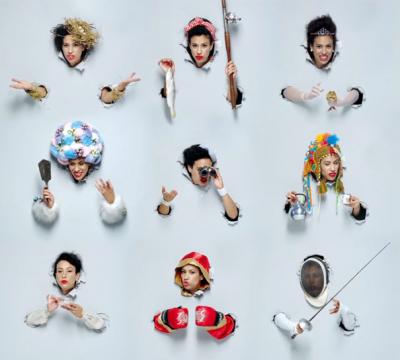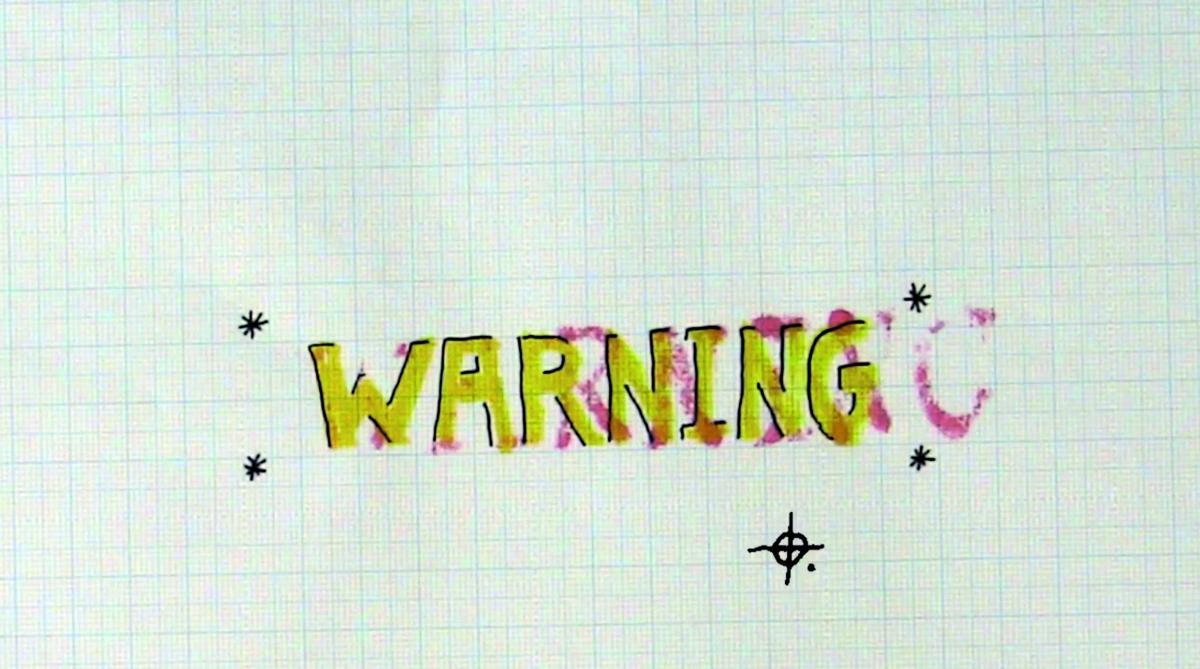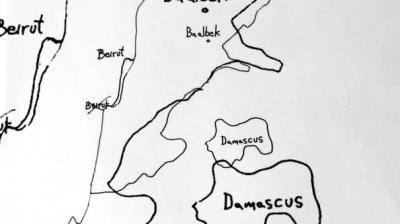In low-budget music videos, necessity is the mother of invention. One of the best examples of this is «Picolé», a clip co-directed by forty-five directors. Javier Lourenço from the Argentinian filmmaking collective Flamboyant Paradise takes us behind the scenes of this collaborative work and talks about the importance of personal networks, good ideas and time. From the Norient book Seismographic Sounds (see and order here).
[Theresa Beyer]: In the music video for Bonde do Rolê’s «Picolé», forty-five different aesthetics from forty-five directors collide in two-and-a-half minutes. What’s the idea behind this visual experiment?
[Javier Lourenço]: The band had almost zero budget, so I proposed something that wouldn’t take too much time to produce, but could transcend the ordinary as well. With a highly confidential call we invited a bunch of acquainted directors who were technically, conceptually and aesthetically divergent. The only instruction was: «Do something with popsicles. It has to be one shot, from one to five seconds.» That’s how the clip became a colorful inventory of different visions and a «who is who» of my network.
[TB]: If there was no money involved, how did you motivate the directors to participate?
[JL]: Money was only paid for the parts of the video we shot previously with the band. Each of the forty-five directors had to run the production costs out of their own pockets. To give them incentive we wanted to submit the work in a new Guinness World Records category: «Most Directors in a Music Video». When the video was finished, unfortunately, Guinness World Records said that they closed down the new categories section because of an excess of inquiries. But it was fun anyway.
[TB]: Did many hands make light work or did too many cooks spoil the broth?
[JL]: Definitely the first. I would even change the saying: In this case, many hands make outstanding work. I think innovation starts when you make collaborative work with passionate people who are on the same wavelength. And innovation in this case meant mixing different techniques, opposite themes and contrary worlds. This is the special spirit of «Picolé» and a lamppost for all of my personal work.
[TB]: With your production company you earn money through advertising. Is producing video clips more than a hobby?
[JL]: It’s more than a hobby because with music videos I can strengthen and extend my network. And the main reason why I do them is to have a field of experimentation in which I can work freely and with vision – I can try out new techniques and provocative forms of storytelling. With advertising spots, in contrast, I have many more standards and limitations.
[TB]: So video clips are not just about promoting the band, but are shop windows to show the potential of your company as well?
[JL]: Above all it’s fun to make music videos. But yes, they become part of my portfolio and advertising companies are getting curious. So today, when advertising agencies hire me, it’s because of the different aesthetics, the humor and the ironic twist in my film work. And more experimental music videos and short films have helped to promote this special creative power.
[TB]: Would you be interested in making a music video with a one million dollar budget?
[JL]: Yes, but only if this one million dollar budget comes with the appropriate time to produce and post-produce. With super big budgets and time you can do almost anything. From what I observe, there are two different worlds in music video production: those videos with super big budgets and those with super low budgets – there is almost nothing in the middle. But in the end the whole clip doesn’t stand and fall with the budget, but with the idea.
Javier Lourenço has a Bachelor’s degree in Advertising from USAL Buenos Aires and has been an advertising creative since 1996. In 2006 he left working in agencies to become a director, and in 2009 he founded the filmmaking collective Flamboyant Paradise.





